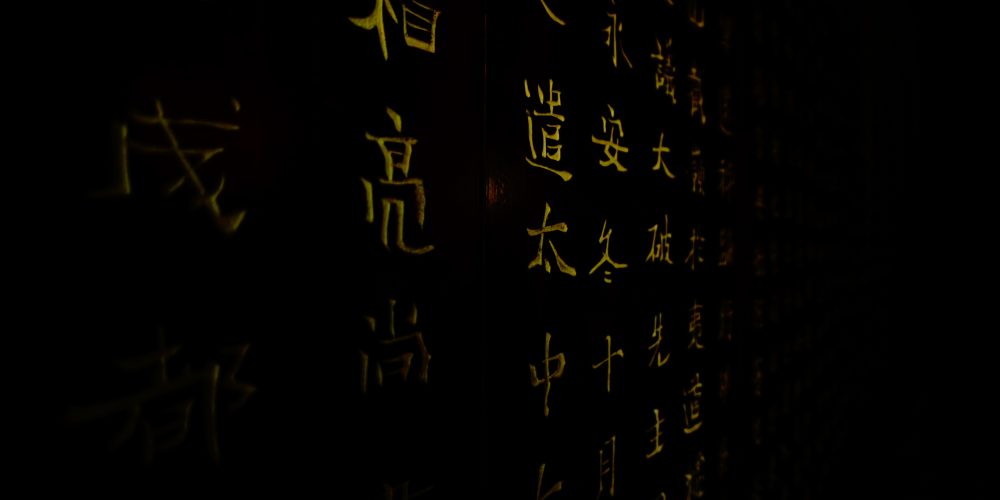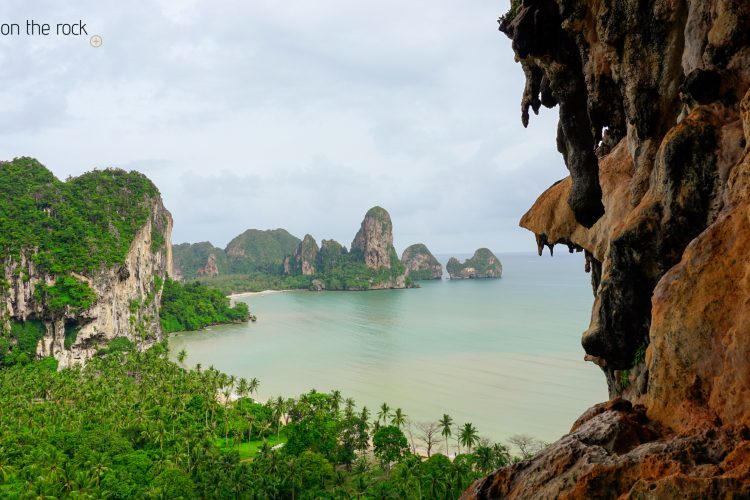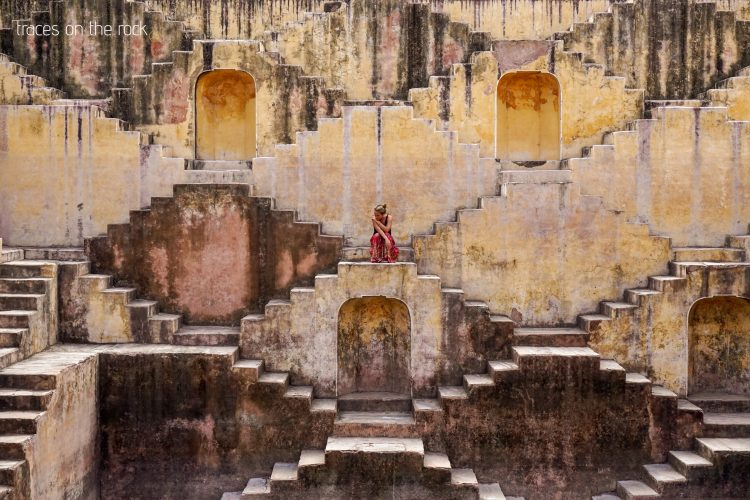But Chengdu has more to offer than just pandas. The famous Temple of Marquis Wu is a fourth century building. It is dedicated to Zhuge Liang, the Marquis of Warfare (Wuhou). He was regarded as an extraordinary scholar and strategist. He is even compared to Sun Tzu, author of the book “The Art of War”. The Chinese classic, the “Thirty-six Stratagems” by Tan Daoji is a collection of essays on political and military interactions and overturning techniques. The thirty-second part, the “Empty Fortress Strategy”, is based on his experiences. He is also the inventor of some military devices. Further references to Zughe Liang’s life are described in the book “The Romance of the Three Kings” by Luo Guanzhong. But the truth is disputed among historians. Nevertheless his life and work are still part of nowadays Chinese culture. He is honoured in literature and countless films. Moreover his character is part of computer games, card games or comics.
The temple, where his master Liu Bei was buried as well, is very well preserved. In addition to a central sculpture by Zhuge Liang, visitors can find 28 sculptures of Chinese generals and officials with individual character traits. The winding and secluded architecture of the place, the pond of lotus flowers and the pagodas, the countless bonsai trees of various sizes and shapes and the bamboo forest make the complex a place of lingering and recreation. It is the absolute opposite of the touristy area just behind the walls of the temple.
The adjacent Jinli road is an even stronger visitor magnet than the Wuhou Temple. It is impossible to avoid the masses. In a toddling pace I was moved through the streets. In an astounding slow pace I past the historically inspired houses. Alongside bars, restaurants or shops lure the customers with all sorts of delicacies. The sharp cuisine of Szechuan was dominant. It was very delicious! But the noise of thousands of visitors spoiled the enjoyment. Not many places offered a space to stay and pause. It was a holiday.













